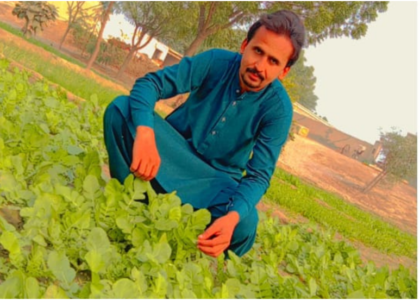Are you a fan of fresh, homegrown vegetables but intimidated by the idea of starting from seeds? Growing brinjal (also known as eggplant) without seeds might just be the solution you’re looking for. Not only is it easier than you think, but it can also be incredibly rewarding. In this guide, we’ll walk you through the simple steps to grow
without seeds in your own home garden.
Choose the Right Brinjal Variety
Before you start, it’s essential to select the right brinjal variety for your home garden. Look for compact or dwarf varieties that are well-suited for container gardening if you have limited space. Popular varieties like Black Beauty or Ichiban are excellent choices for beginners.
Obtain a Healthy Plant
Instead of starting from seeds, opt for purchasing a young, healthy brinjal plant from your local nursery or garden center. Make sure the plant is free from any signs of disease or pest infestation. A sturdy, vibrant plant will have a better chance of thriving in your garden.
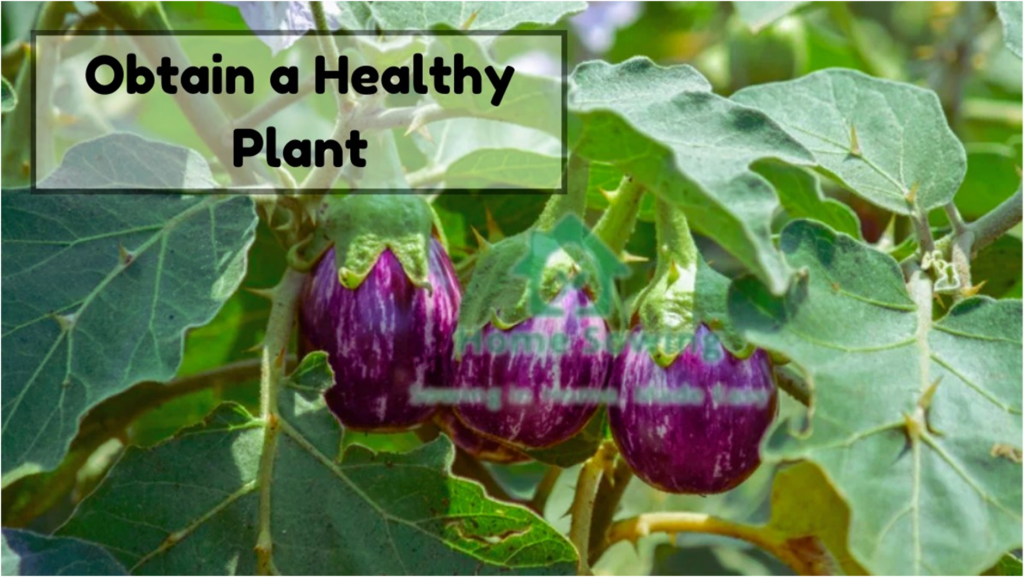
Prepare the Growing Container
Brinjals can be grown in containers, making them ideal for small spaces such as balconies or patios. Choose a large container with drainage holes at the bottom to prevent water logging. Fill the container with nutrient-rich potting soil, leaving about an inch of space from the top for watering.
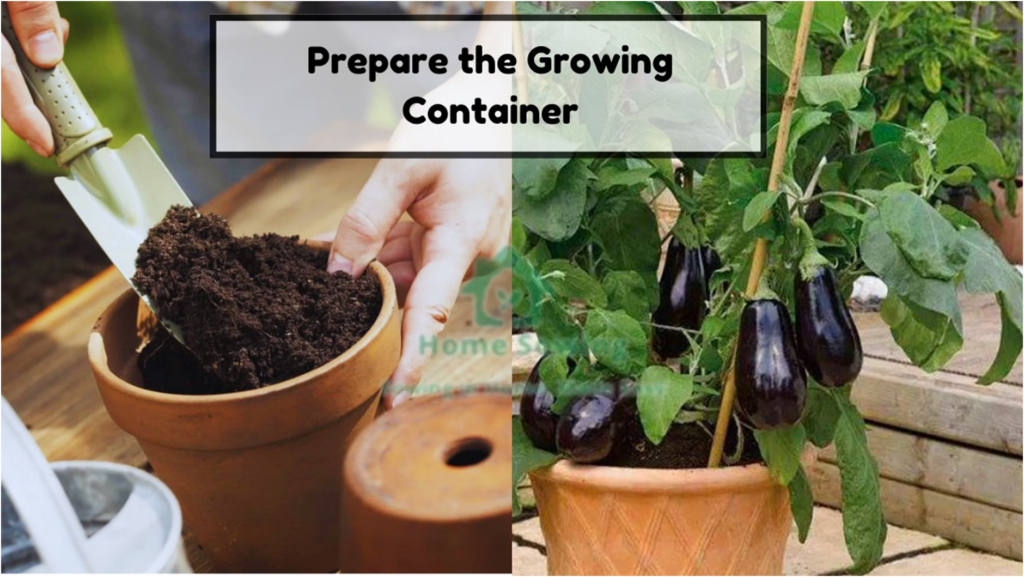
Transplant the Brinjal Plant
Carefully remove the brinjal plant from its nursery pot, taking care not to damage the roots. Gently loosen the roots if they appear to be tightly packed. Dig a hole in the center of the prepared container and place the plant in it, ensuring that the soil level is the same as it was in the nursery pot. Pat the soil gently around the base of the plant to secure it in place.

Provide Adequate Sunlight
Brinjals thrive in full sunlight, so choose a sunny spot for your container garden. Place the container where it will receive at least 6-8 hours of direct sunlight per day. If you’re growing brinjal indoors, consider placing it near a south-facing window where it can soak up the sunlight.

Watering and Moisture
Proper watering is crucial for the healthy growth of brinjal plants. Water the plant thoroughly immediately after transplanting to help it settle into its new environment. Allow the soil to dry out slightly between watering sessions, as overwatering can lead to root rot. Aim to keep the soil consistently moist but not waterlogged.
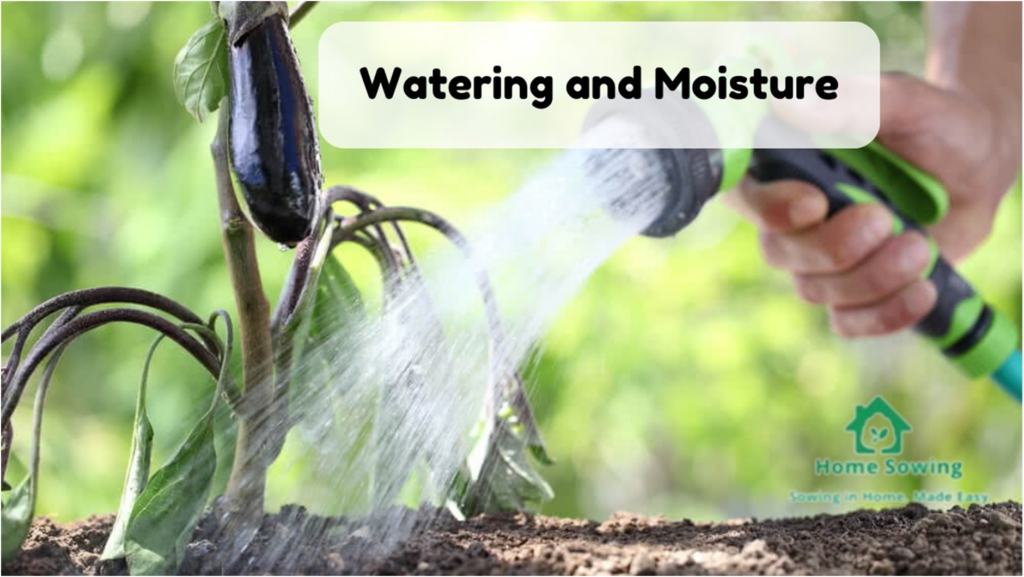
Fertilize Regularly
To ensure robust growth and a bountiful harvest, fertilize your brinjal plant regularly throughout the growing season. Uses a balanced, water-soluble fertilizer formulated for vegetables, and follow the instructions on the packaging for application rates. Apply the fertilizer every 2-3 weeks during the growing season, starting a few weeks after transplanting.
Support the Plant
As your brinjal plant grows, it may benefit from some support to prevent it from toppling over under the weight of its fruit. Install a stake or small trellis near the plant and gently tie the main stem to the support structure using soft garden twine. This will help keep the plant upright and promote better air circulation around the foliage.
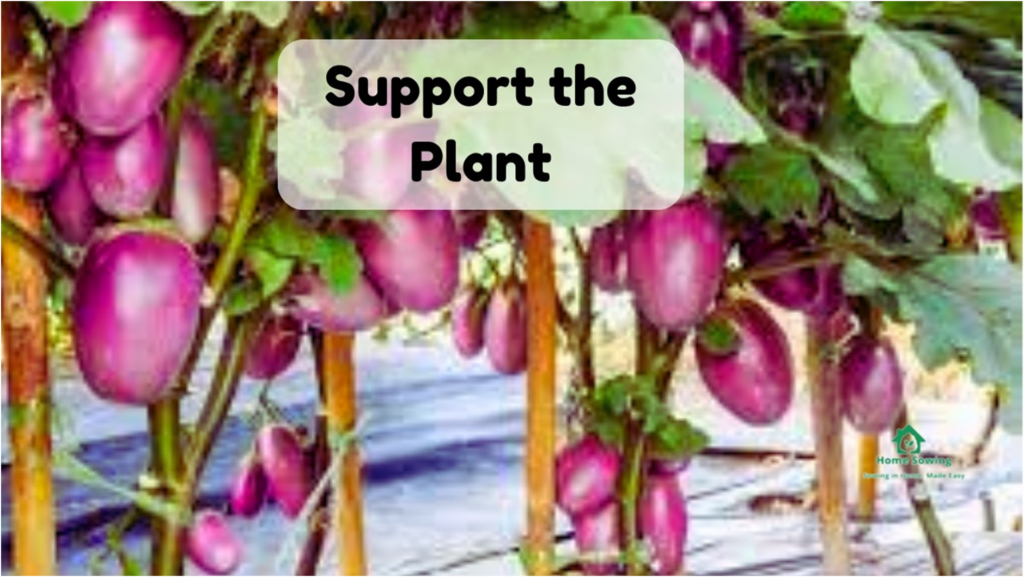
Monitor for Pests and Diseases
Keep an eye out for common pests such as aphids, spider mites, and flea beetles, which can damage brinjal plants. Inspect the foliage regularly for any signs of pest infestation, and take appropriate measures to control them, such as spraying with insecticidal soap or neem oil. Additionally, be vigilant for signs of fungal diseases such as powdery mildew, and promptly remove any affected leaves to prevent further spread.
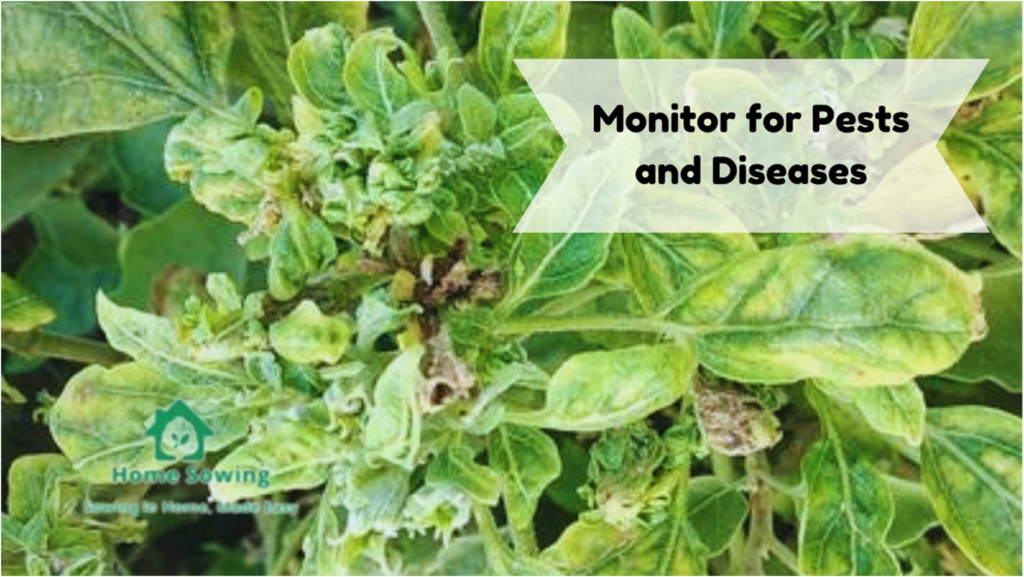
Harvest the Brinjals
Depending on the variety you’ve chosen, Brinjals typically take 60-90 days to mature from transplanting to harvest. Harvest the fruits when they reach their full size and have a glossy, deep colour. Use a sharp knife or pruning shears to cut the Brinjals from the plant, leaving a small portion of the stem attached. Handle the fruits carefully to avoid bruising or damaging them.








